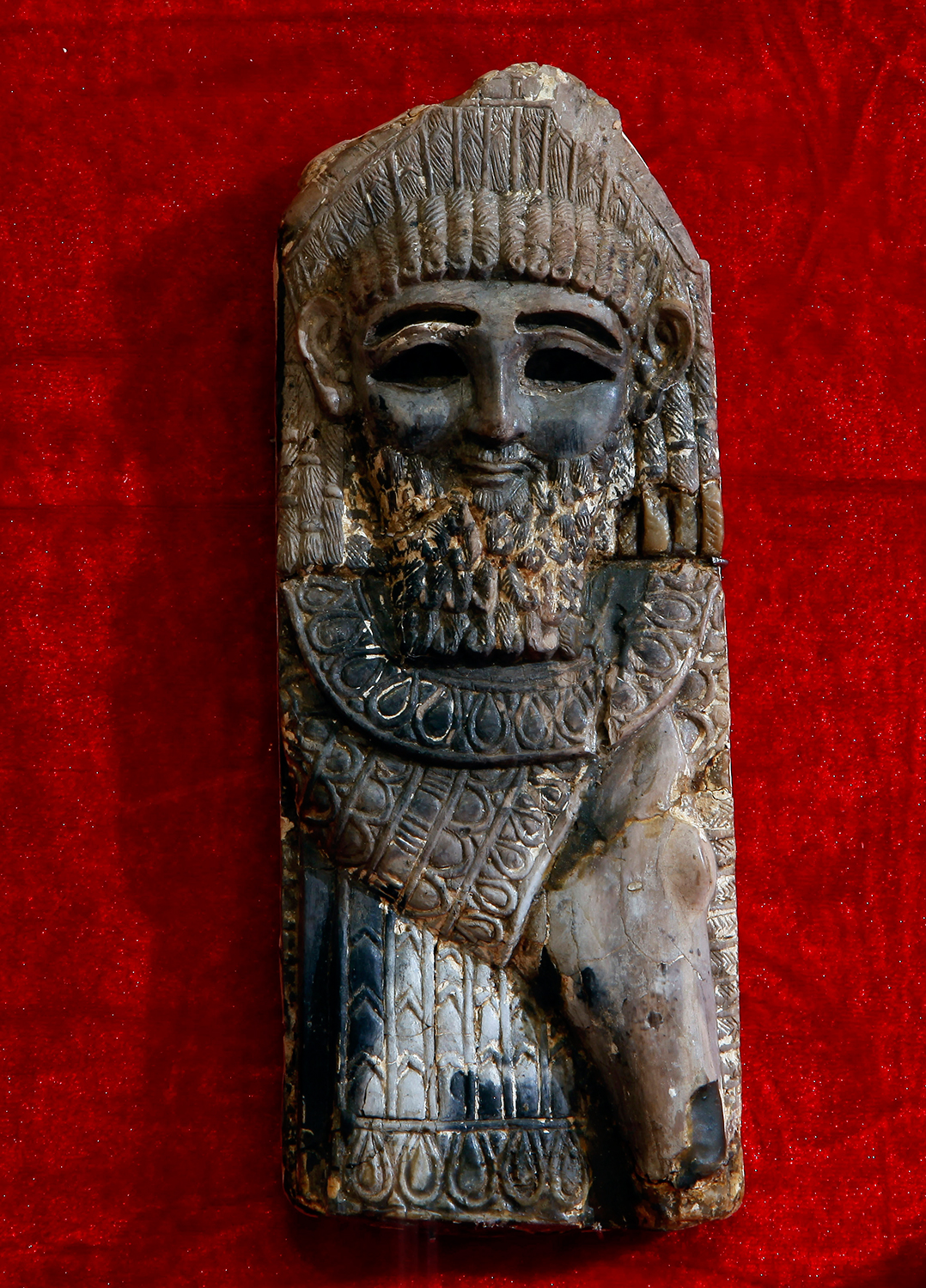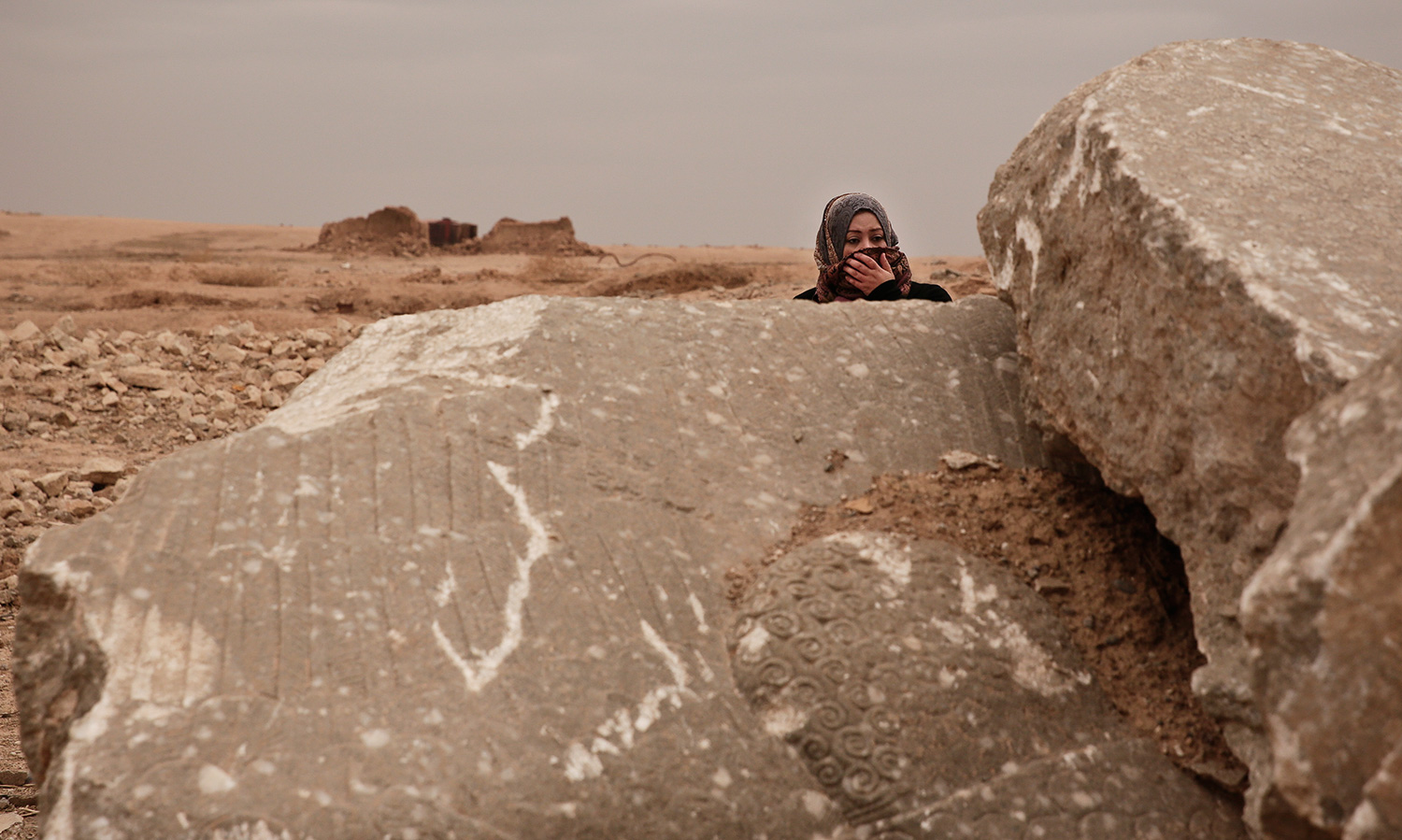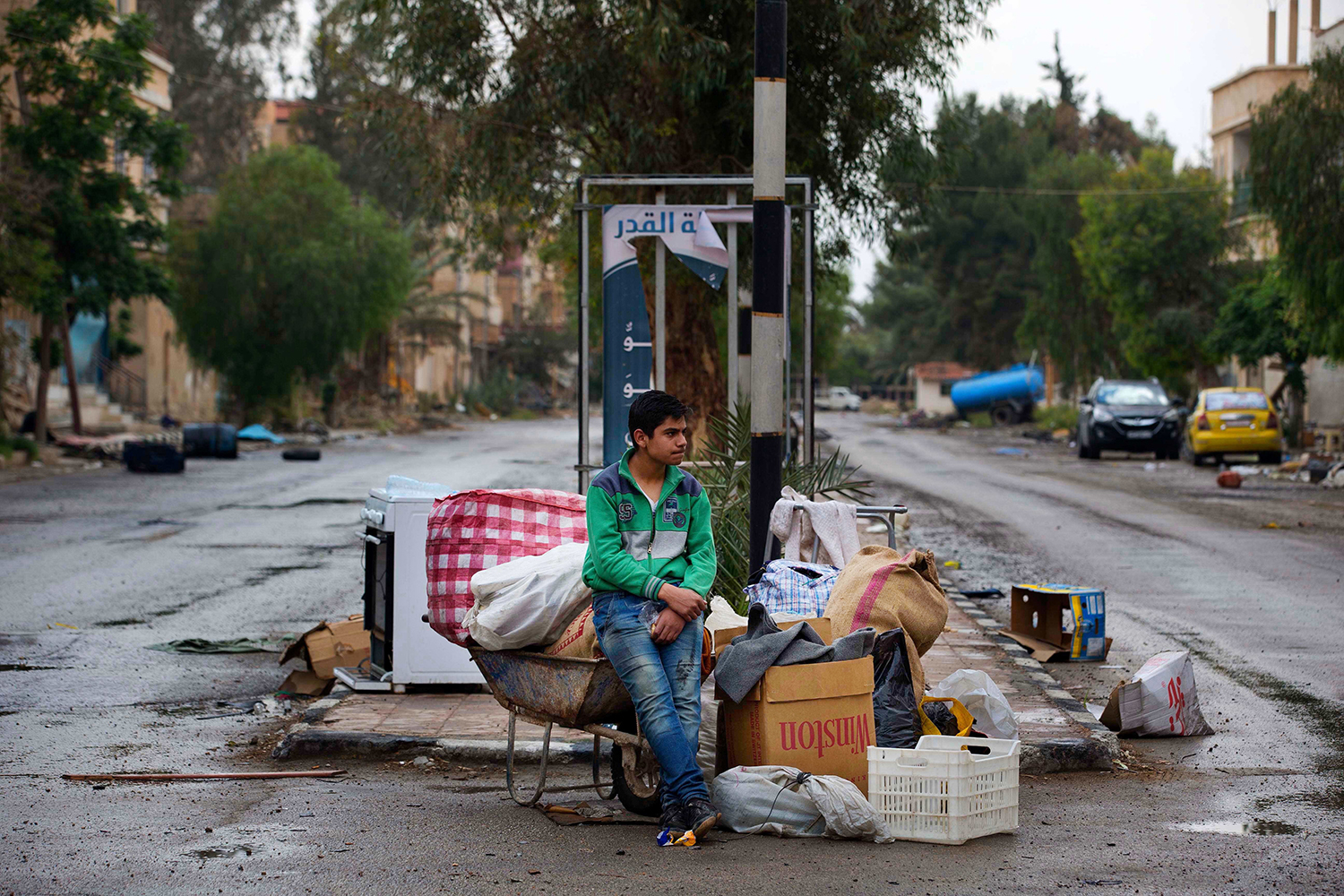Iraqi museum refuge for relics of the past

After the destruction wreaked on archaeological sites by Islamic State group, the collections at the Iraq's National Museum in Baghdad have become even more important. It's now one of the only places you can find relics from the ancient cities that fell into the extremists' hands.
As many as 4,000 archaeological sites are still under the domination of IS and around 100 sites have been destroyed, according to Iraqi Culture Minister Firyad Rwandzi. The sites in their grip show the multiple civilizations that rose and fell during Iraq's history, ranging from mosques, churches and small shrines to large sites of old cities.
Among the most significant ancient sites the militants captured were several capitals of the Assyrian Empire during its height between the 10th and 6th centuries B.C. — sites known as Nimrud and Khorsabad — as well as Hatra, a well-preserved Roman-era city of temples. Videos put out by the Islamic State group showed its militants blowing up or smashing relics and structures at the sites.
But some of the relics from those sites had been moved long ago to the National Museum. In its Assyrian Hall tower two great winged bulls with human heads, protective deities known as Lamassu, framing a statue from the temple of Nabu, the god of wisdom. Along the walls run bas-reliefs from the palace of King Sargon in Khorsabad.
Rwandzi said museums are more important than ever. "A nation without a museum is like a human without eyes," he said.
Here is a series of photos of the museum's halls and relics by Associated Press photographers.
Text from the AP news story, AP PHOTOS: Iraqi museum refuge for relics of the past.
Follow AP photographers on Twitter
Written content on this site is not created by the editorial department of AP, unless otherwise noted.
Visual artist and Journalist


























